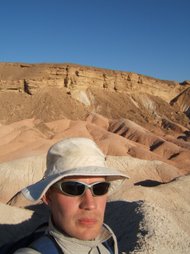The field trip people arrive today. We go out in the morning to look at one of the sites we’ll visit, and arrive back at
Friday, 14 March 2008
Another Sinai field trip...
Monday 3rd March
Subscribe to:
Post Comments (Atom)




No comments:
Post a Comment